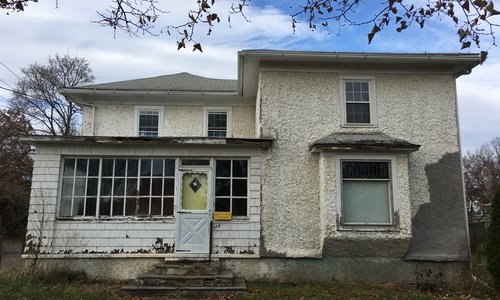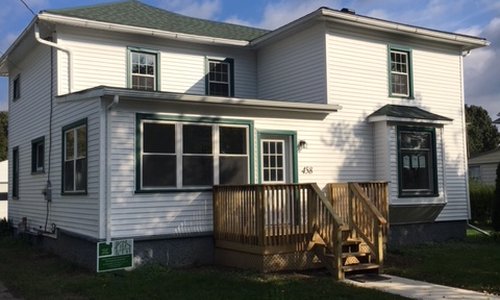Helene Caloir

How New York State’s “Zombie” Law and a LISC Initiative Have Been Bringing Vacant Homes Back to Life
In a Q+A with Brick Underground, LISC’s Helene Caloir, lead author of a new LISC-Urban Institute report on remediating vacant homes and preventing foreclosure, explains the nature of “zombies houses” in our midst, and what to do about them. There’s important news in the story: says Caloir, “In the current crisis, [we have] more tools for keeping people in their homes.” The excerpt below was originally published by Brick Underground Zombie houses: Inside NY's effort to release derelict properties from legal limbo By Jennifer White Karp, Managing Editor of Brick Underground
Reclaiming Vacant Houses & Preventing Foreclosure
A report from LISC and Urban Institute describes how a NY State law, proceeds from an Attorney General settlement with banks, and an initiative from LISC helped NY communities turn the tide on vacant and “zombie” homes and prevent future foreclosures.

Neighborhoods, Vacant Buildings, and a Pathway Out of Crime
In an opinion piece for Shelterforce, Helene Caloir, director of LISC’s New York State Housing Stabilizing Fund, and Mona Mangat, head of Safety & Justice programming, make the case for yoking vacant building remediation with community safety partnerships to reduce crime and increase resident empowerment. They point to LISC-supported programs in Flint, MI and Binghamton, NY where this very work brought about greater quality of life and lowered crime rates in targeted areas. Now, they argue, this approach is needed more than ever.

What Zombies Can Teach Us About Vibrant Communities
This month, LISC and Cornell University will co-sponsor a conference on comprehensive approaches to turning vacant and “zombie” homes into community assets—and upending the conditions that create them in the first place. Helene Caloir, director of LISC’s $75 million New York State Housing Stabilization Fund, describes how this work is part and parcel of the broad challenges of revitalizing neighborhoods, dismantling racial inequity and sparking economic mobility.